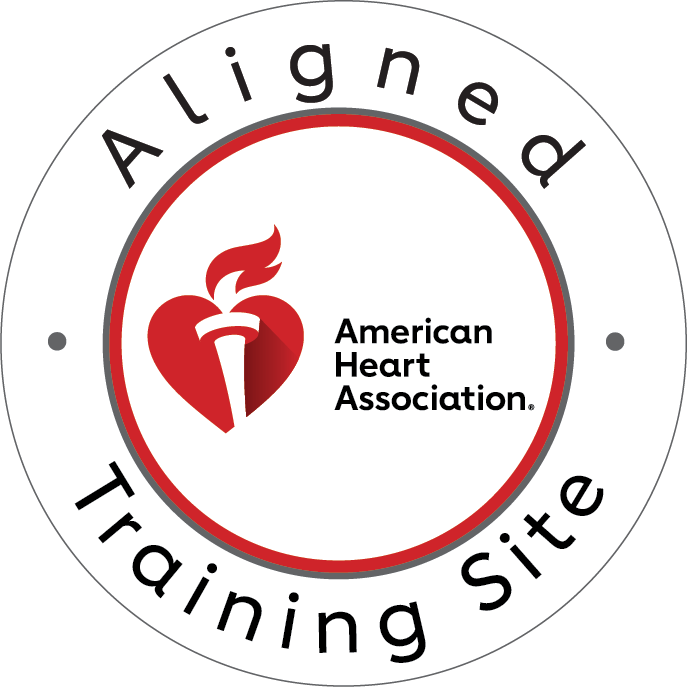Remember these essential first aid tips to be prepared for a variety of situations.

Introduction
Taking a first aid course is a great idea, and learning CPR is even more important. In the meantime, though, you should know how to provide basic first aid for some common injuries and ailments in case you encounter them before you’re able to take a class. Knowing these basics can help save someone’s life until paramedics arrive or give you peace of mind when treating your sick little one at home. In this article, we’ll cover some common first-aid tips everyone should know including the three P’s (Preserve Life, Prevent Further Injury and Promote Recovery), cuts and scrapes, sprains, heat exhaustion, hypothermia, burns, allergic reactions (bee stings, food allergies), fractures and broken bones and CPR.
Introduction
First aid is the assistance or treatment of a disease or injury. Knowledge of first aid can be lifesaving in an emergency situation, as it can help prevent further injury and keep you safe until professional medical help arrives.
First aid is especially important for those who work in high-risk industries such as construction or manufacturing. If you work in these fields, it's important that your coworkers know how to handle injuries so they don't worsen them by trying to fix things themselves; instead, they should seek immediate medical attention whenever possible.
1. The Three P’s
- The Three P’s
The first three steps in first aid are Protection, Prevention and Preparation. These are usually an important part of any first aid course and it is also good to remember them when you are outdoors so that you can stay safe.
- Protection
Protection from the environment means protecting yourself from heat, cold or rain with appropriate clothing. It also includes protecting your eyes by wearing sunglasses if there is bright sunlight or by wearing goggles if there is snow or ice near where you are working. You should also protect your face with sunscreen if it’s a hot day outside; this will help prevent sunburn which can lead to skin cancer later in life! If it rains while you’re out walking then make sure that your clothes do not get wet; this could cause hypothermia because they don’t provide enough insulation against the cold air around them (you may even need an umbrella).
2. Cuts and Scrapes
- Clean the wound with soap and water.
- Apply pressure to stop bleeding.
- Apply an antiseptic such as hydrogen peroxide or alcohol gel.
- Cover the wound with a bandage or splint to keep it clean and dry. If you don’t have access to these materials, apply pressure for several minutes until the bleeding stops and then cover it with clothing (such as a sock) until you can get medical attention.
3. Sprains
A sprain is an injury to the ligaments, which are bands of tissue that hold your joints together. Sprains can be graded on a severity scale:
Grade 1: Minor sprain. You can still move the joint and put weight on it, but your range of motion may be limited and you might feel pain in the area around the joint.
Grade 2: Moderate sprain. You can't move your joint as far or easily as before, and you might have moderate pain when moving it (less than Grade 3). Your joint might appear deformed or swollen, and bruising may occur within 24 hours after the injury occurred.
Grade 3: Severe injury where there's severe pain when moving around or using that body part; if there's also swelling and discoloration, then it's likely time to seek medical attention from a doctor ASAP!
4. Heat Exhaustion
Heat Exhaustion
Heat exhaustion is a condition that occurs when the body's temperature rises to a level that causes sweating to stop and the body is unable to cool itself. The signs and symptoms of heat exhaustion include:
- Sweating stops
- Heavy fatigue or weakness
- Headache, nausea or vomiting
- Pale, cool and moist skin
5. Hypothermia
- Hypothermia
Hypothermia is a condition caused by the body's temperature falling below 95 degrees Fahrenheit (35 C). It can occur when you're exposed to cold temperatures for too long and your body doesn't have enough heat to keep itself warm. Symptoms include: shivering, confusion, fatigue, numbness/tingling in fingers or toes, slurred speech and drowsiness.
If you suspect someone is suffering from hypothermia:
- Move them to a warmer area if possible. Remove any wet clothing and replace with dry clothing. Apply warmth using blankets or other sources of heat such as hot water bottles wrapped in towels.
6. First-Degree, Second-Degree, Third-Degree and Fourth-Degree Burns
First-degree burns are the least serious and may be red. They are often painful, but not blistered.
Second-degree burns are more serious, with blisters and swelling.
Third-degree burns are the most serious and can char skin, muscle or bone tissue. These types of injuries should be treated by a health care professional immediately because they can lead to infection or scarring if not properly cared for.
7. Allergic Reactions (Bee Stings, Food Allergies)
- Allergic Reactions (Bee Stings, Food Allergies)
- Bee Sting
If you are stung by a bee, remove the sting by scraping it off with a fingernail or knife. Do not squeeze the venom sac (located just under the stinger). If you have an allergy to bee stings and are unable to remove the sting, seek medical attention immediately. Call 911 if breathing is affected. Use epinephrine auto-injector if experiencing anaphylactic shock symptoms including: difficulty breathing; hives or welts on skin; dizziness or weakness; nausea or vomiting; pale skin color and/or cold, clammy skin
8. Fractures and Broken Bones
A fracture is a break in a bone that occurs when the bone breaks through the skin. Fractures most commonly occur due to a fall, car accident, or sports injury. Broken bones can be a serious injury and may require immediate medical attention.
Swelling & bruising (hematoma) around your wound area
Bruising is common after surgery—especially if you have had general anesthesia during surgery—and will usually appear within 48 hours of an operation. It's important to know that bruises do not always mean there has been damage to blood vessels or internal organs; however, if you notice bruising that doesn't go away within two weeks or increases in size, contact your doctor immediately because this could be a sign of internal bleeding.
9. Cardiopulmonary Resuscitation (CPR)
- CPR
Cardiopulmonary resuscitation (CPR) is a lifesaving technique for someone who has stopped breathing or whose heart has stopped beating. It involves pushing on the chest to force the heart to beat and providing rescue breaths if necessary. To learn CPR, you should take a course with an instructor and practice on a dummy in your home until you feel confident that you can perform it correctly in an emergency situation. The acronym C-A-B can help you remember the steps of CPR:
- Check for responsiveness
- Activate Emergency Medical Services (EMS)
- Begin chest compressions at 100 beats per minute until EMS arrives
This article reviews first-aid tips and reminds the reader that these tips should be incorporated in your work environment, home and on the road at all times to ensure you are always prepared for an emergency situation.
First aid training is essential for all workers, whether you are in an office, warehouse or on a construction site. Knowing how to treat cuts, scrapes and broken bones can help prevent further injury and ensure your employees get the care they need.
- Treating Cuts and Scrapes: Apply pressure with a clean cloth or bandage to stop bleeding; then elevate the wound above heart level to prevent blood loss. If you have access to tweezers (or another small tool), remove any debris stuck in the wound before cleaning it with soap and water or saline solution. Then apply antibiotic ointment and cover the area with gauze wrap until a doctor can look at it properly.* Treating Sprains: Ice can be applied directly on swollen areas but never directly against skin; instead wrap ice in paper towel or wet washcloth first.* Treating Heat Exhaustion: Cool down by removing clothing layers if possible until sweating subsides as well as drinking cold liquids such as water mixed with salt packets (for electrolyte replacement) or sports drinks.* Treating Hypothermia: Remove wet clothing immediately so that body heat does not escape; call 911 if symptoms worsen after being warmed up by moving around slowly while wrapped in blankets.* Treating Burns: Never try to cool burns by applying water because this will only spread inflammation while providing no relief from pain! Instead cover burned areas immediately with sterile bandages soaked in antibiotic ointment until medical professionals arrive."
Conclusion
These are just some of the first-aid tips that are recommended by the American Heart Association. To learn more and schedule a First Aid CPR AED Class with us click here to view our up to date schedule and pricing.




